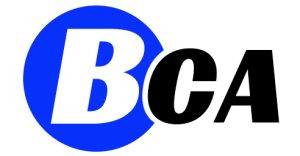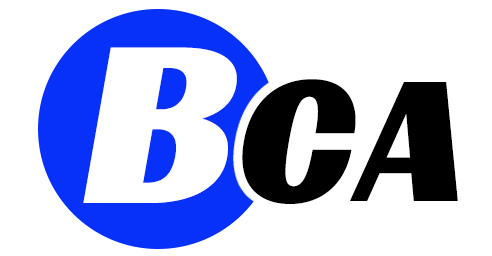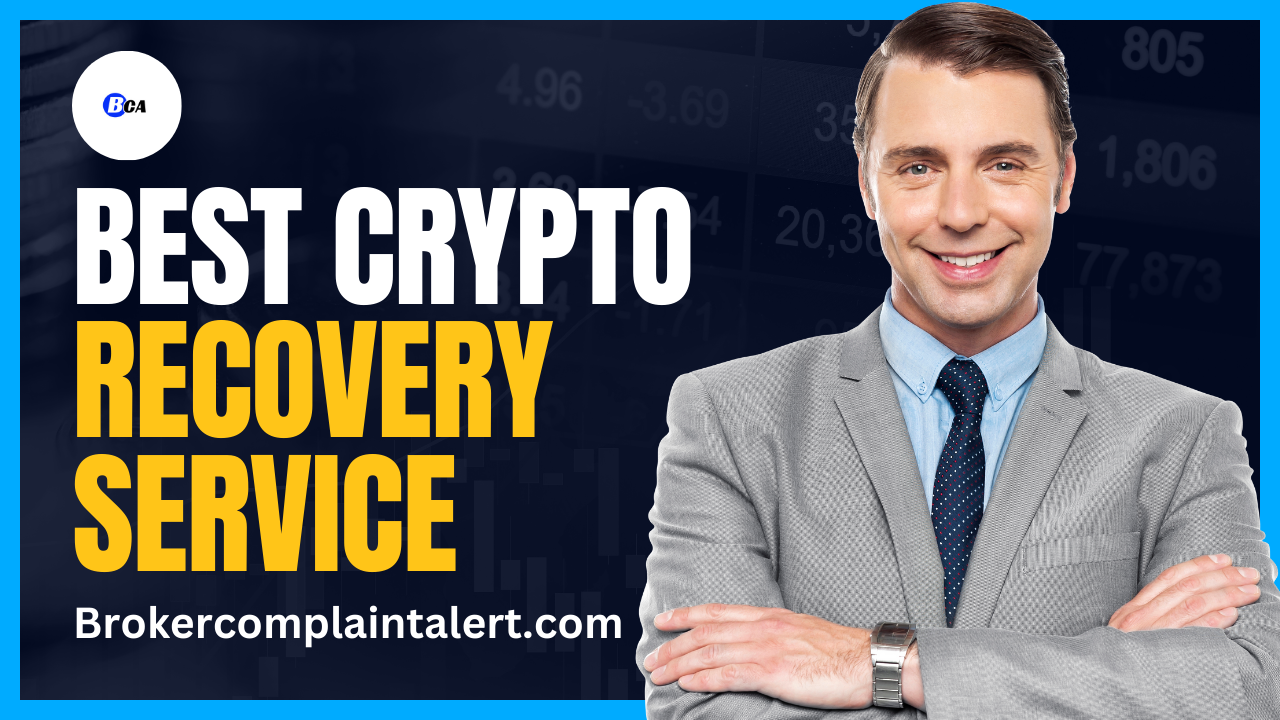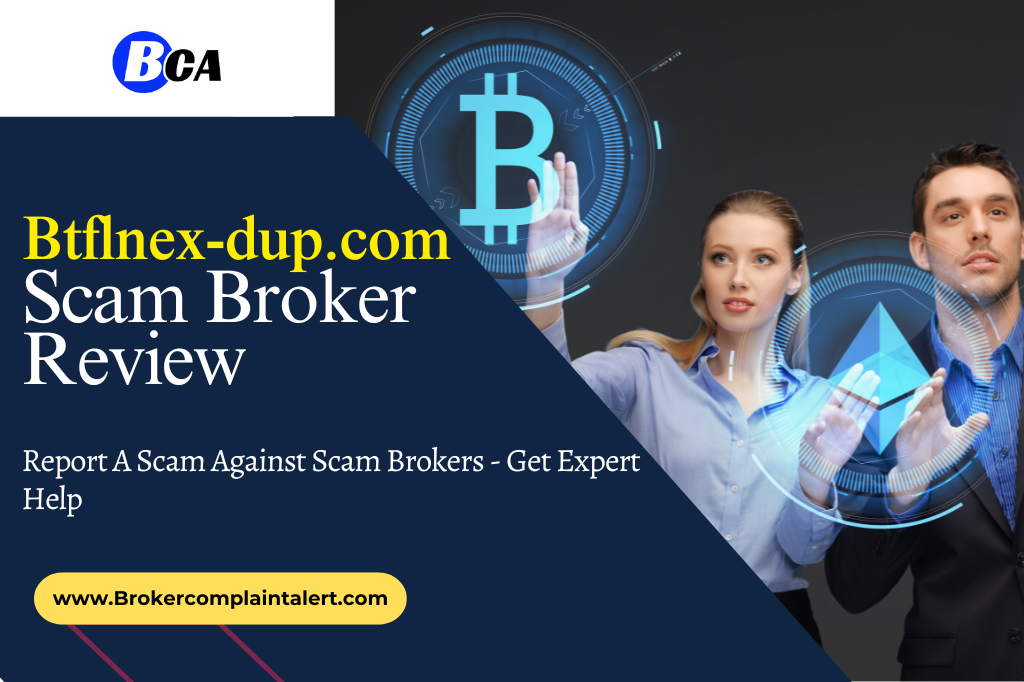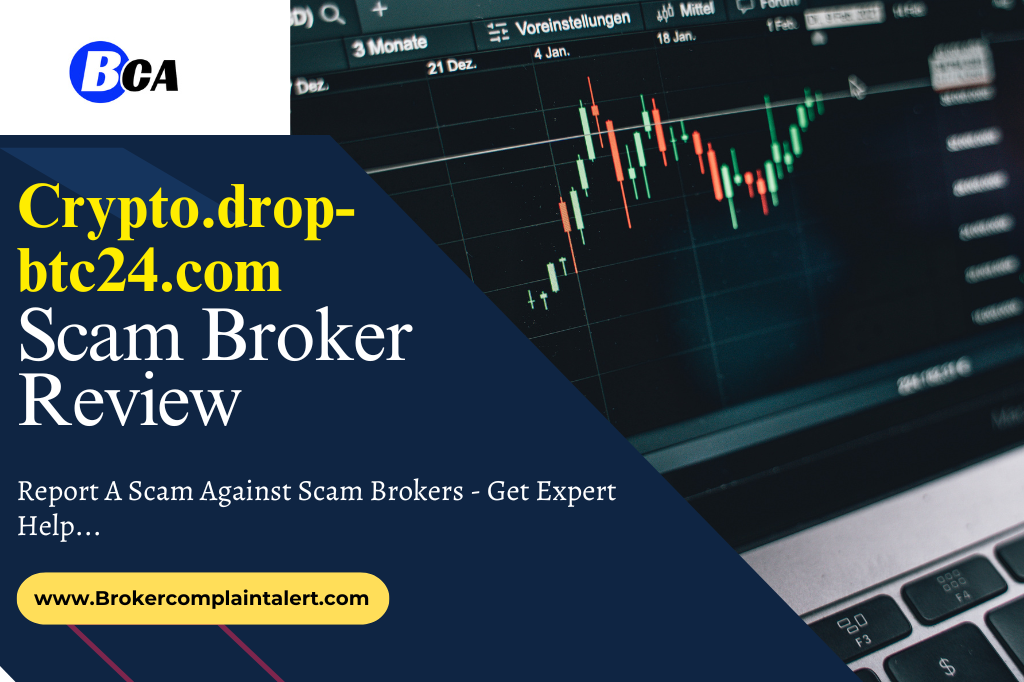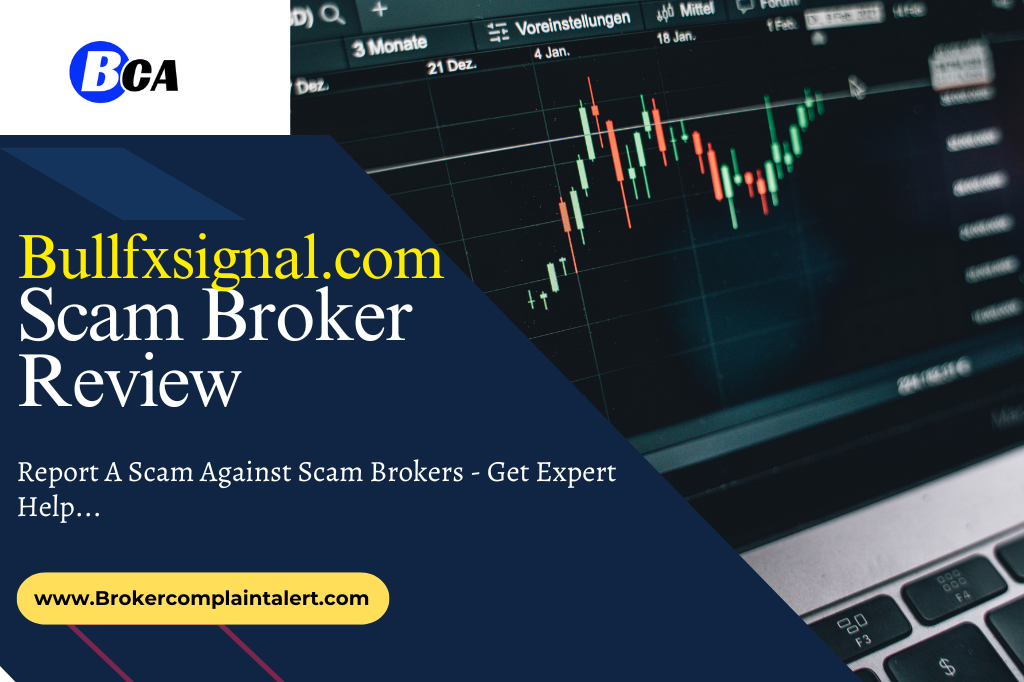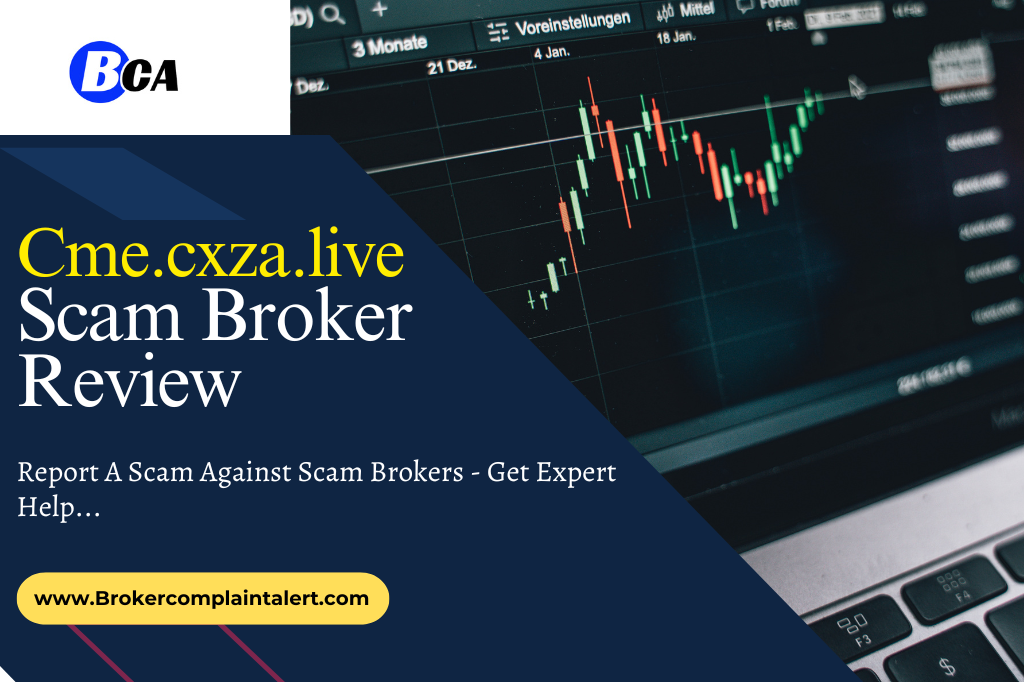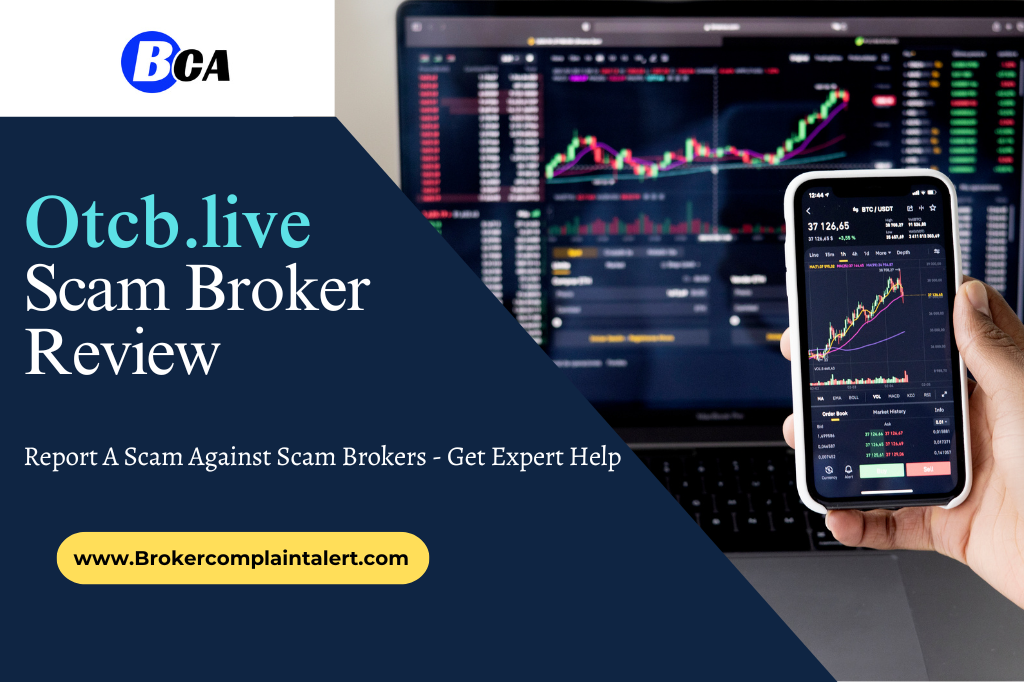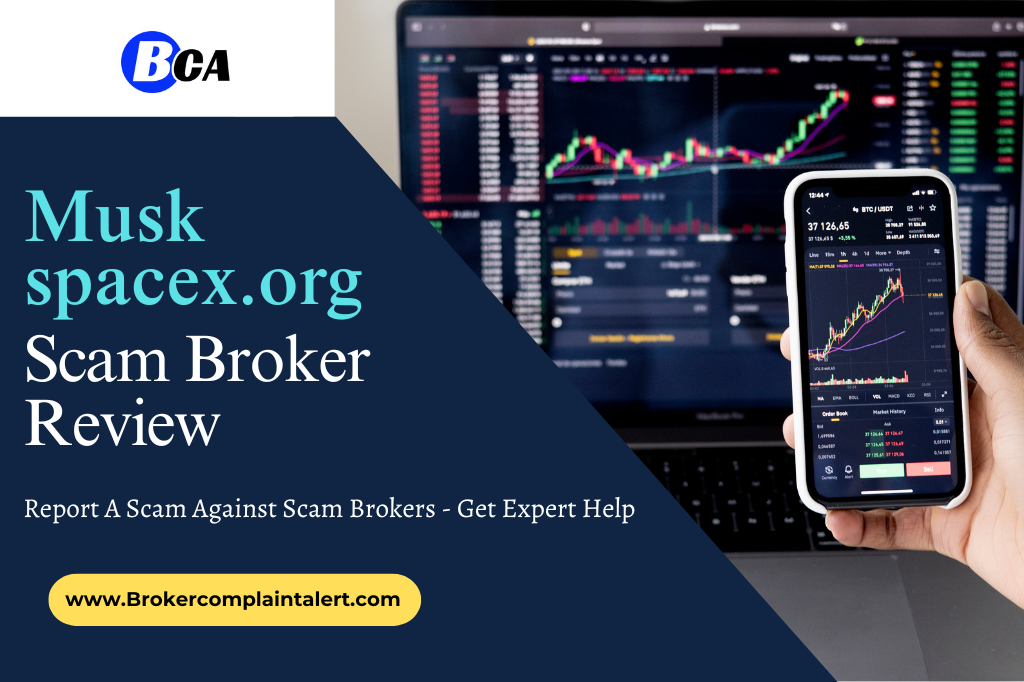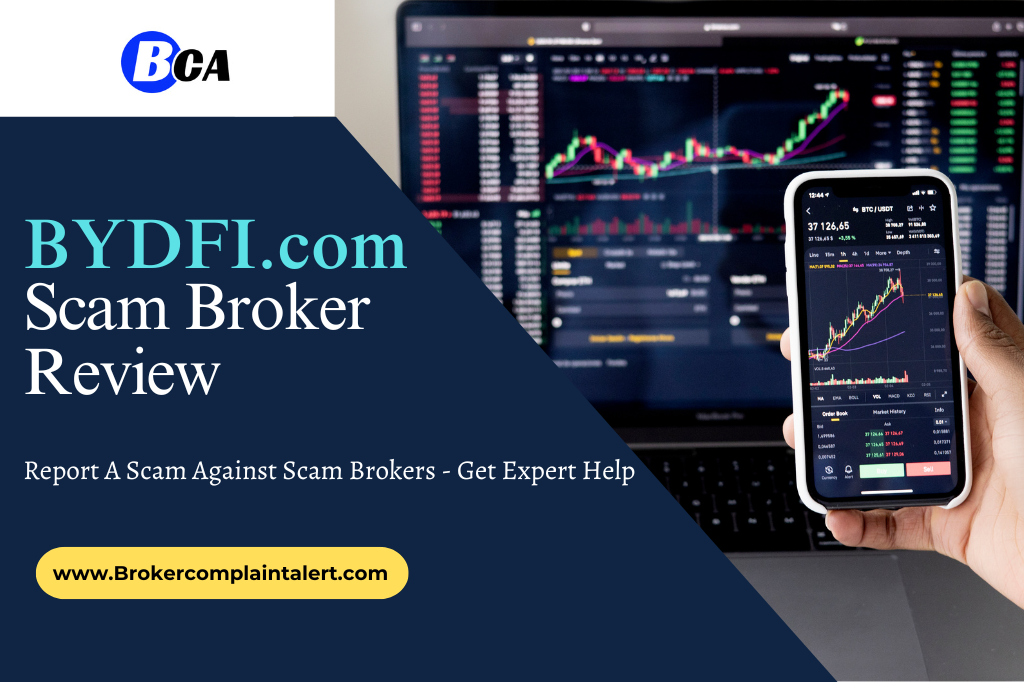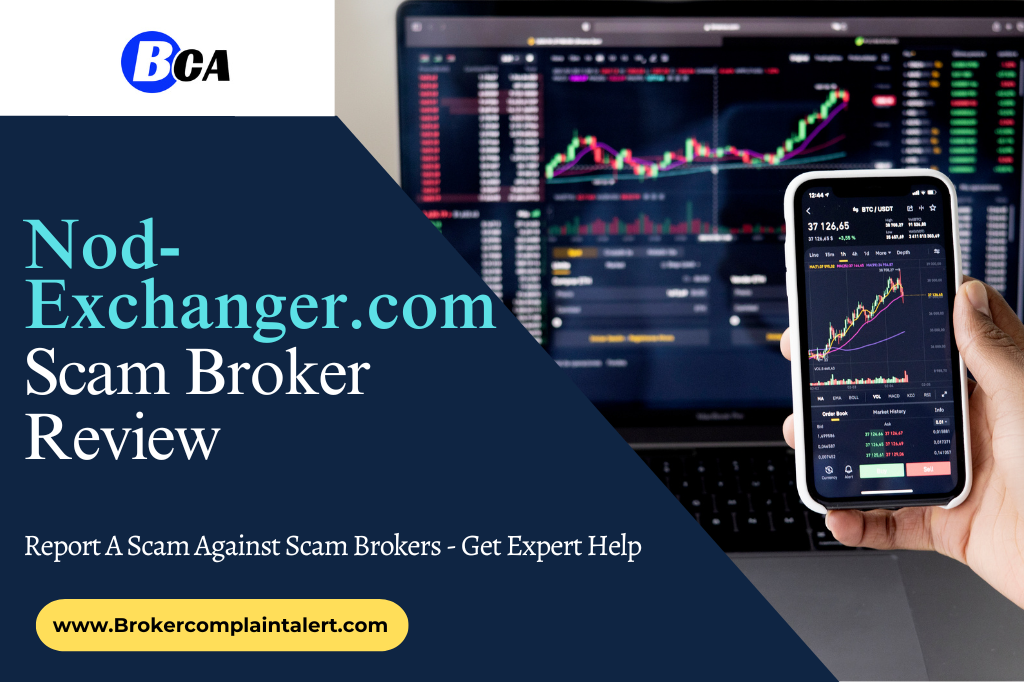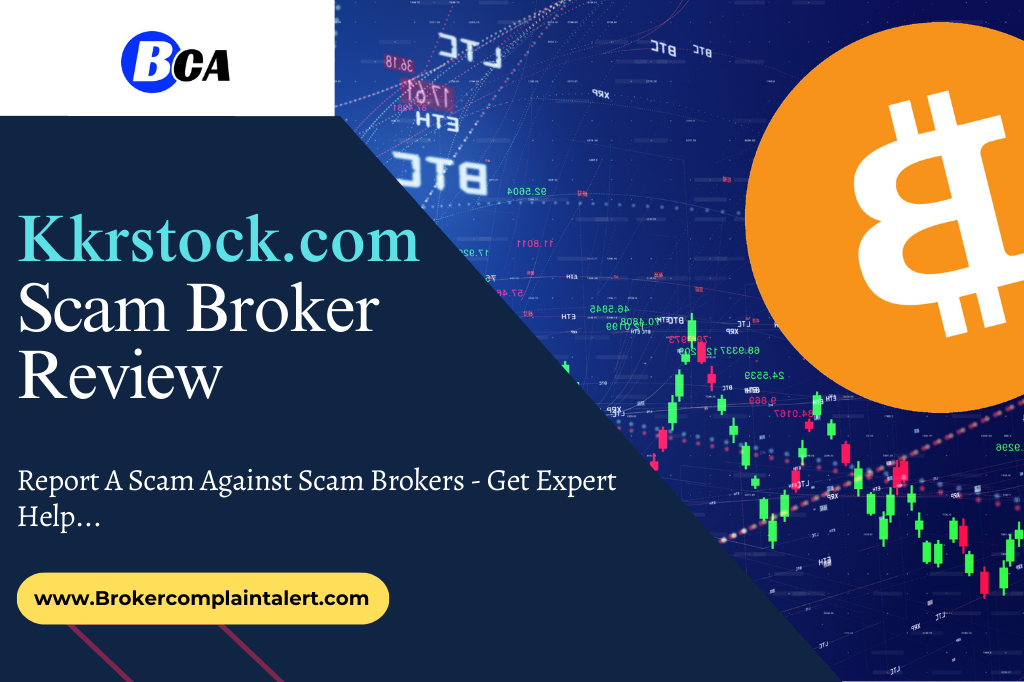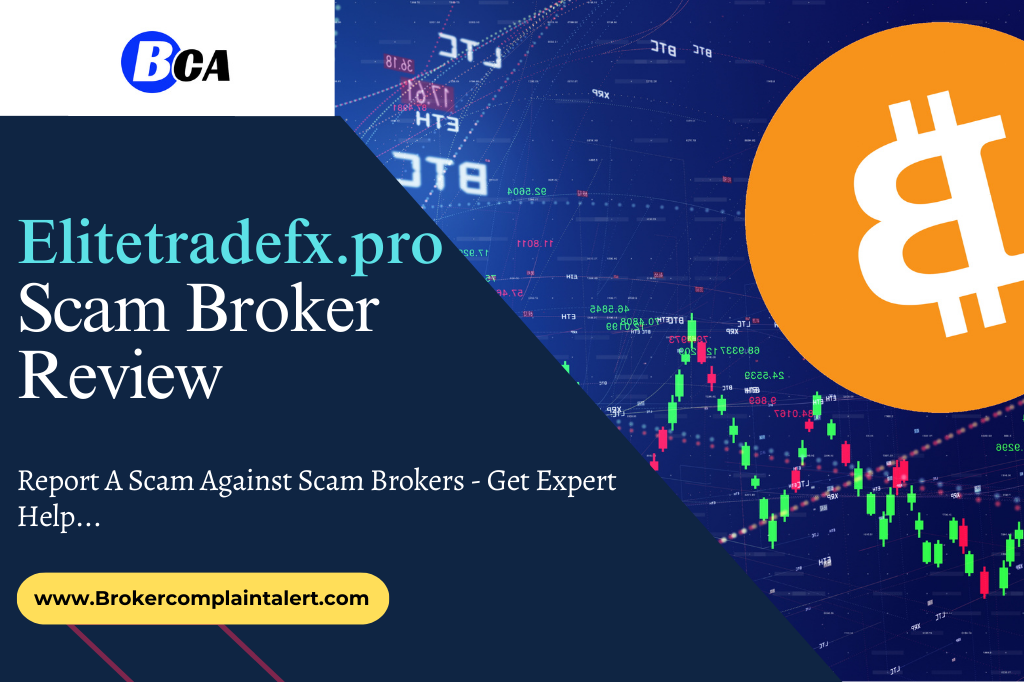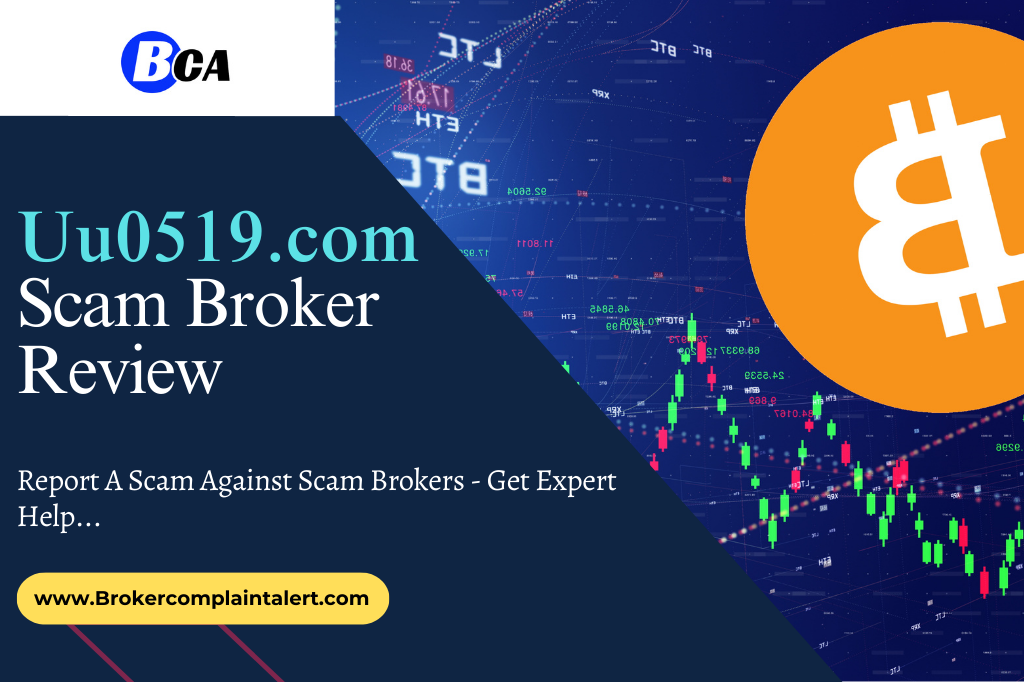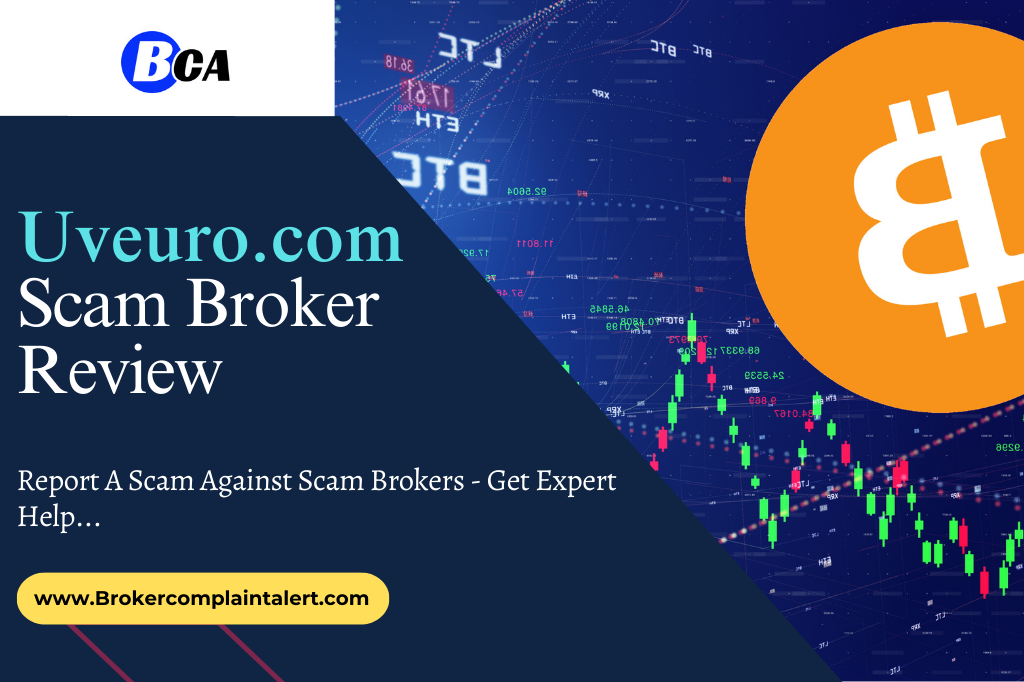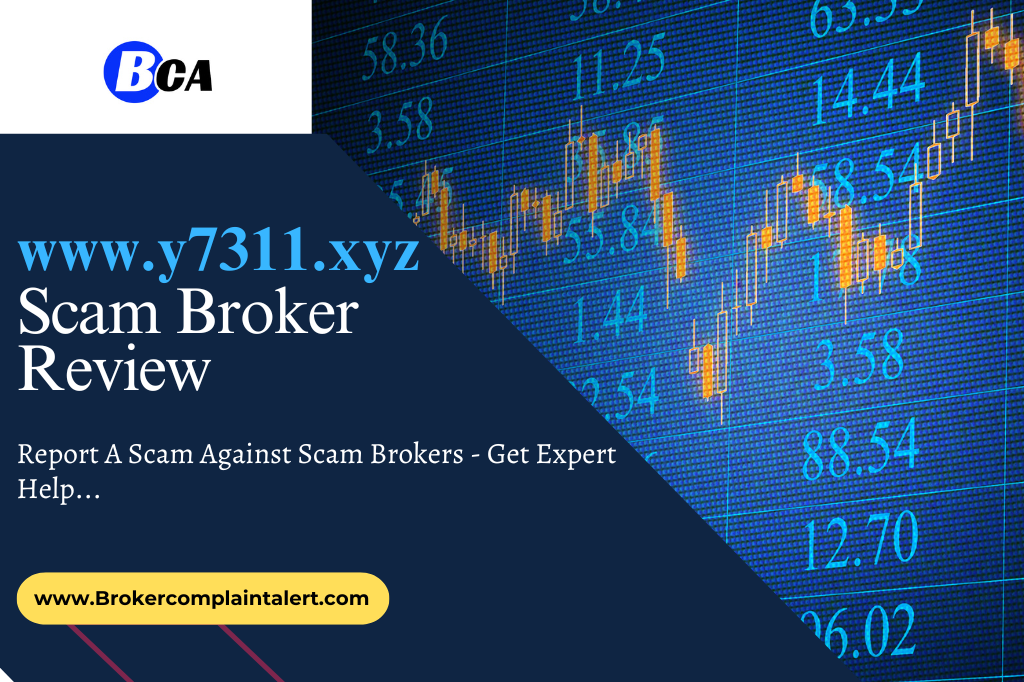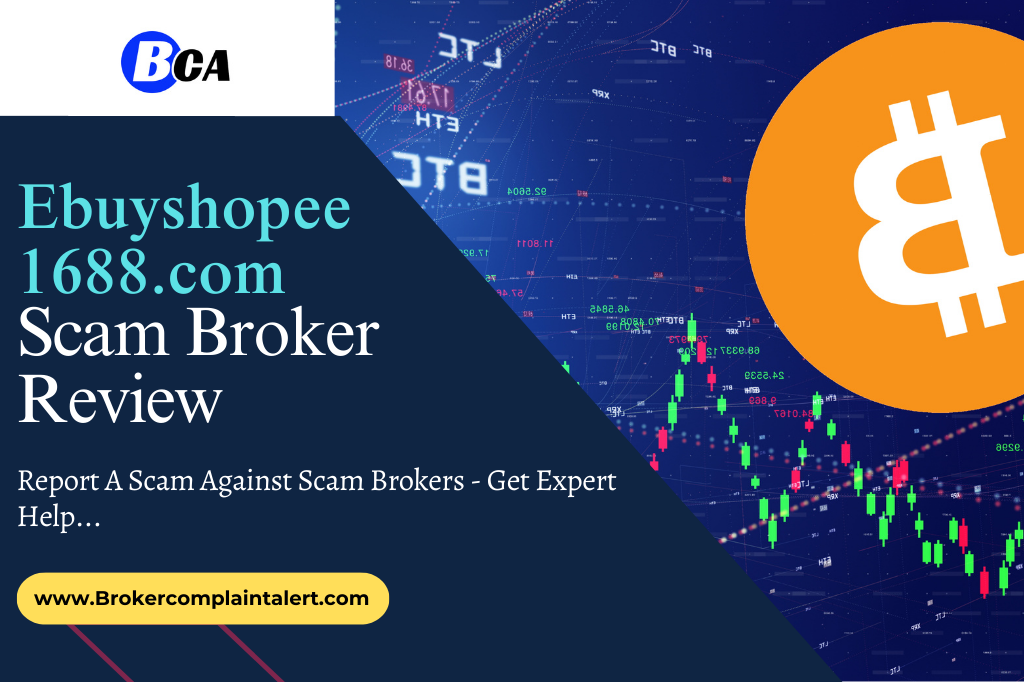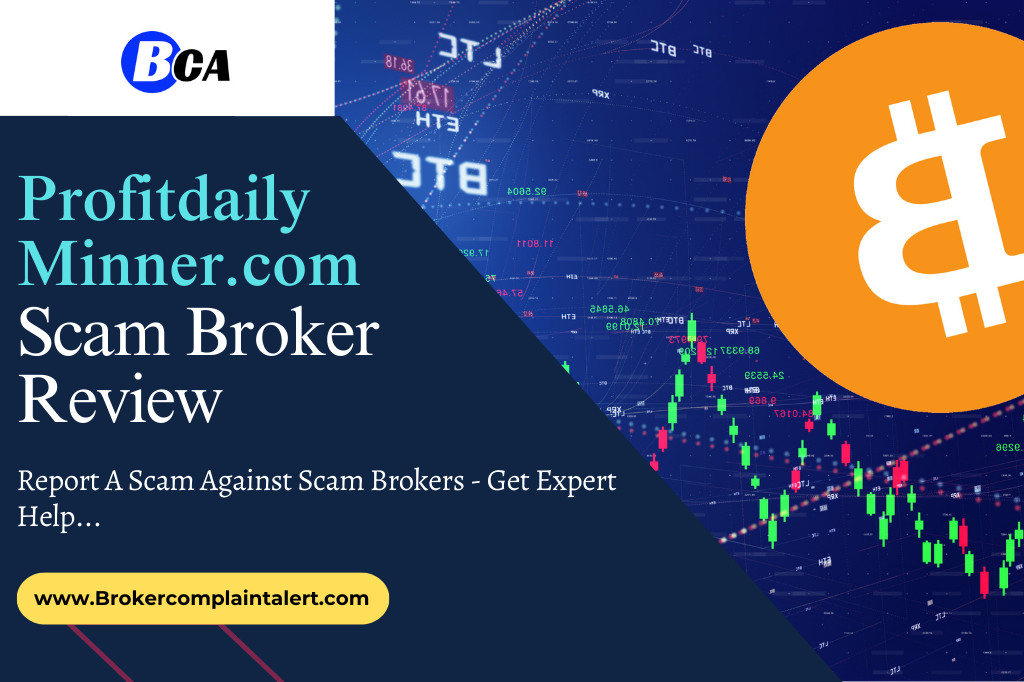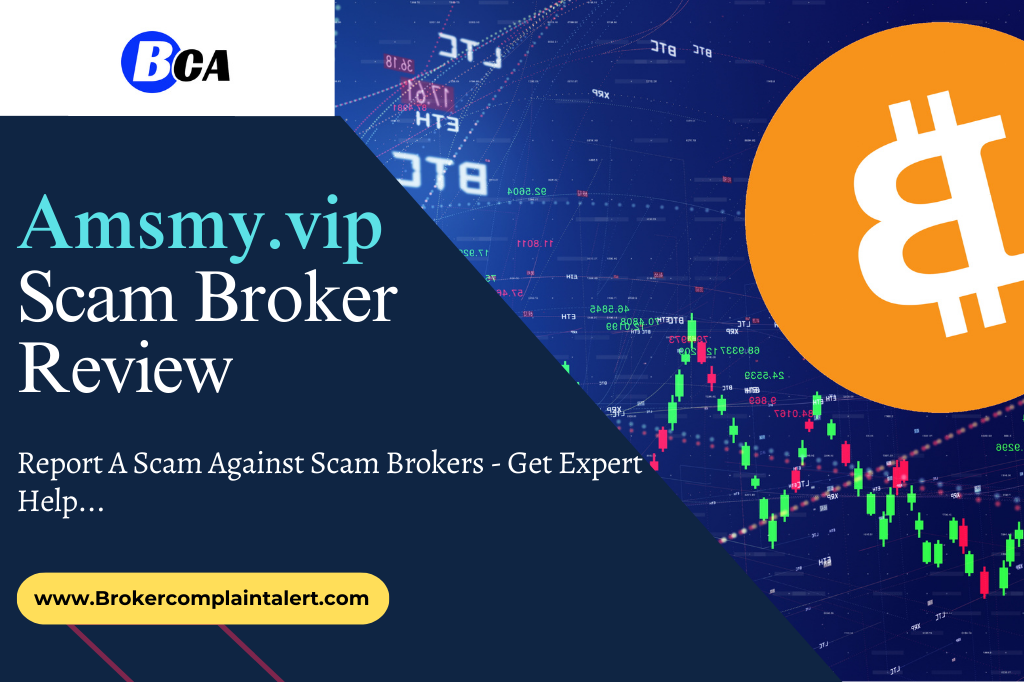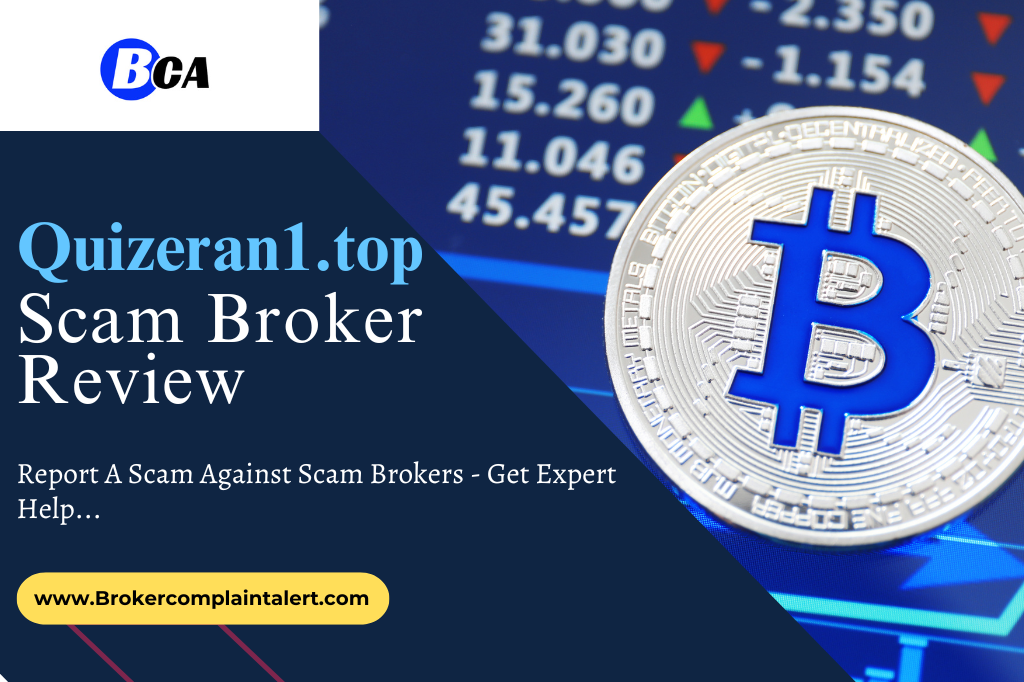SushiSwap has captured headlines in the cryptocurrency world, but not always for the right reasons. While it offers intriguing features like liquidity pools and yield farming, a closer look reveals some red flags that have led many to question its legitimacy. Let’s dive into the details and see if SushiSwap is a viable platform or a potential scam.
Reasons Why SushiSwap Raises Scam Concerns:
- Founder’s Sudden Sale: In September 2020, Chef Nomi, the anonymous founder of SushiSwap, sold a significant portion of his SUSHI tokens, leading to a drastic drop in price. This move sparked accusations of an “exit scam,” where the founder cashes out before the project collapses.
- Lack of Transparency: The anonymity of Chef Nomi raises concerns about accountability. Traditional brokers are required to disclose ownership information, which fosters trust and allows for recourse in case of wrongdoing.
- Aggressive Marketing Tactics: SushiSwap’s “zombie mining” campaign offered inflated rewards to attract users, potentially inflating the project’s value artificially. This tactic is often used in pump-and-dump schemes.
- Listing on Unverified Exchanges: The listing of SUSHI on exchanges like Binance without proper vetting of the project’s founders raises questions about their commitment to user protection.
What is SushiSwap?
SushiSwap is a decentralized exchange (DEX) built on the Ethereum blockchain. It operates as an automated market maker (AMM), facilitating cryptocurrency trading without the need for a central order book. Unlike traditional brokers, SushiSwap relies on liquidity pools created by users.
SushiSwap Details
Feature | Description |
Platform Type | Decentralized Exchange (DEX) |
Founded | September 2020 |
Founder | Chef Nomi (Anonymous) |
Supported Assets | Various Cryptocurrencies |
Deposits and Withdrawals
As a DEX, SushiSwap doesn’t directly handle deposits or withdrawals. Users connect their cryptocurrency wallets to the platform to swap tokens. Transaction fees are paid in the form of gas on the Ethereum network.
If you have lost money to companies like FXGlobalInvestments; or GoldDN; please report it to us on our Report a Scam form.
Account Types
SushiSwap doesn’t offer different account types. All users interact with the platform through their connected wallets.
Red Flags and Warning Signs
While SushiSwap offers innovative features, there are significant red flags to consider:
- Decentralization Risks: Decentralized platforms like SushiSwap are not subject to the same regulations as traditional brokers. This means there’s less recourse for users in case of scams or technical issues.
- Impermanent Loss: Liquidity providers on SushiSwap can experience impermanent loss, where the value of their deposited assets fluctuates, potentially leading to lower returns than anticipated.
- Security Concerns: Smart contract vulnerabilities can expose users to hacks and exploits. When dealing with a DEX, the onus falls solely on the user to ensure the security of their wallets and assets.
Customer Complaints and Negative Reviews Online
Following Chef Nomi’s token sale, there was a surge of negative online reviews accusing SushiSwap of being a scam. While the platform has since taken steps to improve transparency and governance, the initial incident has tarnished its reputation.
SushiSwap Alternative Brokers
For those seeking a secure and regulated environment for cryptocurrency trading, reputable brokers like Coinbase and Gemini offer a safer alternative. These platforms provide user protection mechanisms and adhere to industry regulations.
Got Scammed by SushiSwap? We Help Victims!
If you suspect you’ve been a victim of a scam involving SushiSwap or any other cryptocurrency platform, consider seeking help from organizations like Broker Complaint Alert. They offer free consultations and can recommend recovery service options. You can report to us today using the form below.
Remember, due diligence is crucial before investing in any cryptocurrency project. By understanding the risks and red flags associated with SushiSwap, you can make informed decisions about whether it aligns with your investment goals and risk tolerance.
